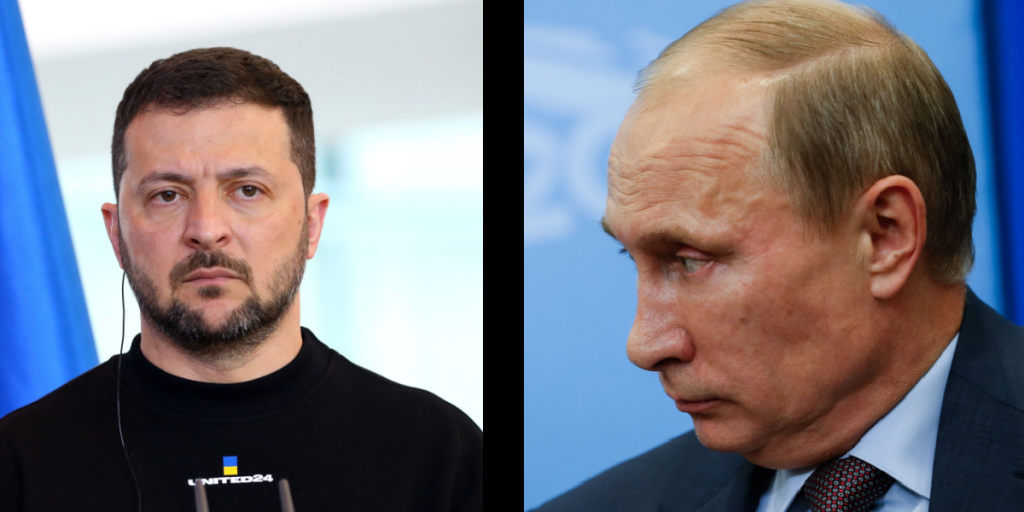The original plan backfired catastrophically.
Others are reading now
The original plan backfired catastrophically.
Not a Swift Conquest
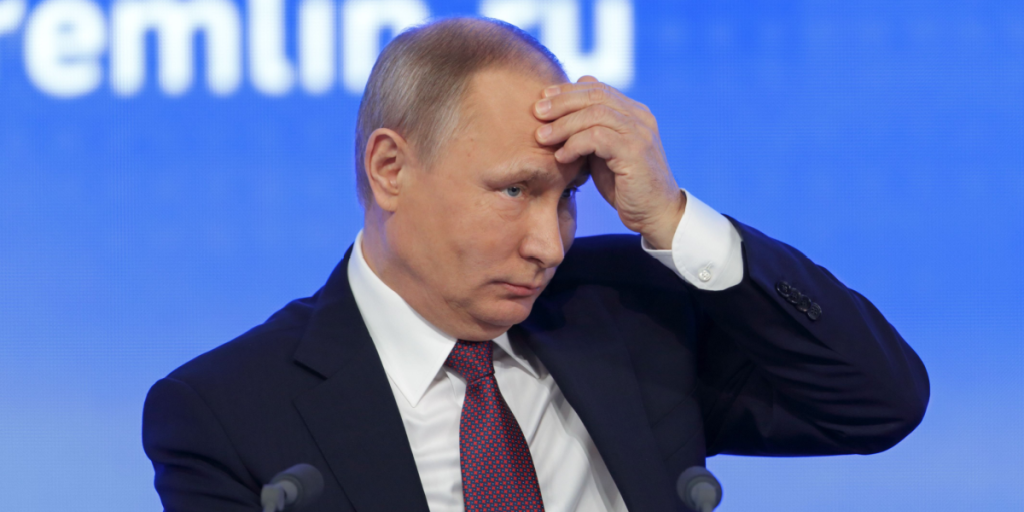
When Vladimir Putin launched the invasion of Ukraine in February 2022, he imagined a swift, three-day conquest.
More than three years later, the war rages on, draining Russia’s military, economy, and global standing.
Finnish geopolitical analyst Joni Askola, writing in Poland’s Onet, outlines ten of the Kremlin’s most critical missteps. and how they’ve shaped Putin’s legacy not as a strategist, but as a failed gambler on history’s stage.
1. Starting the War at All
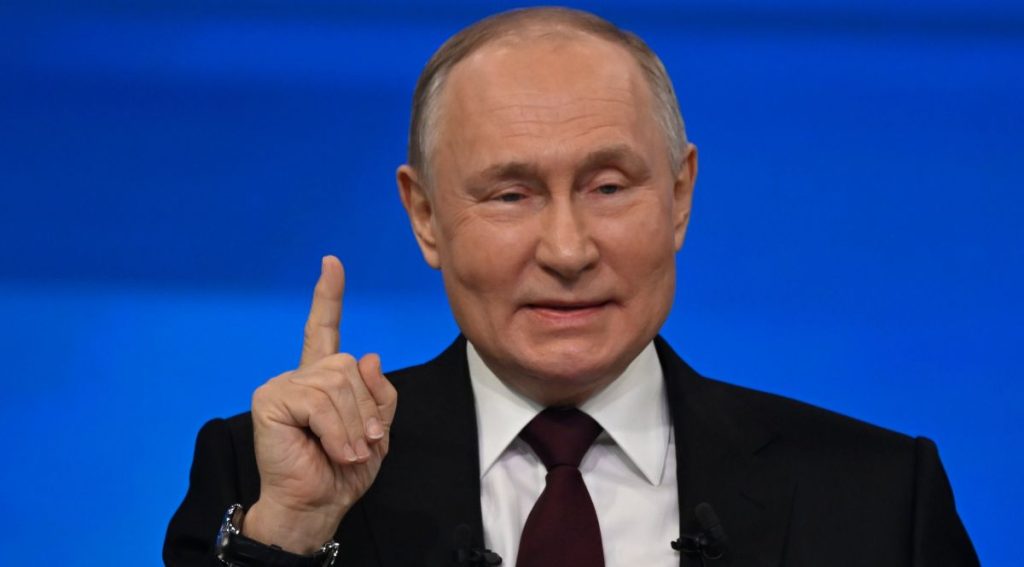
Putin’s biggest error was launching the full-scale invasion.
Also read
The plan backfired catastrophically.
Russia is now locked in a prolonged conflict it cannot decisively win. Strategically, diplomatically, and economically, the costs have been devastating.
2. Underestimating Ukraine’s Resolve

The Kremlin expected Ukraine to fold quickly under pressure. Instead, the invasion unified Ukrainians.
The country’s resilience and international support caught Moscow entirely off guard, perhaps the single most fatal miscalculation of the war.
3. Invading With Too Few Troops
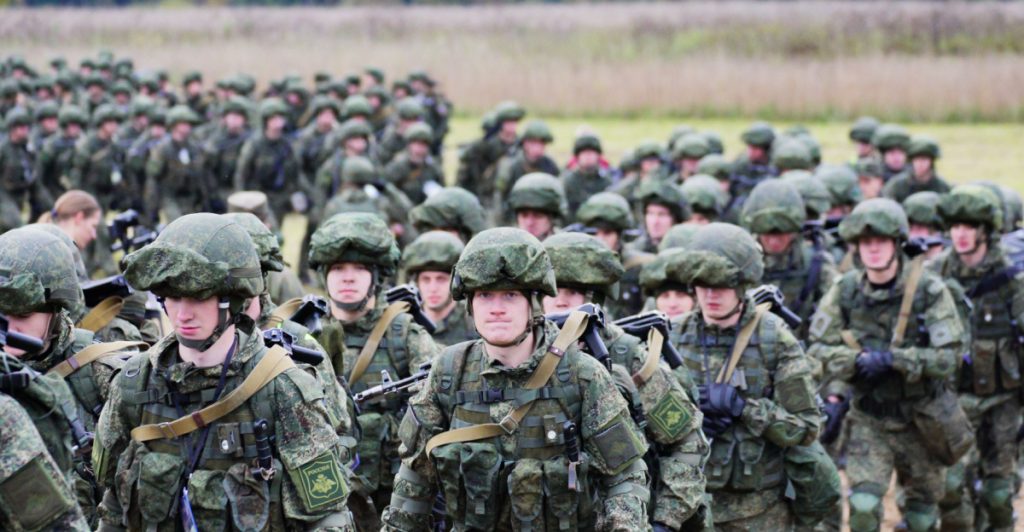
Russia hoped to force a surrender with a limited strike force.
Also read
It failed. Kyiv held firm, and the Russian military proved unable to achieve a quick breakthrough.
This misjudgment cost them early momentum and lives.
4. Delaying the Invasion for Eight Years
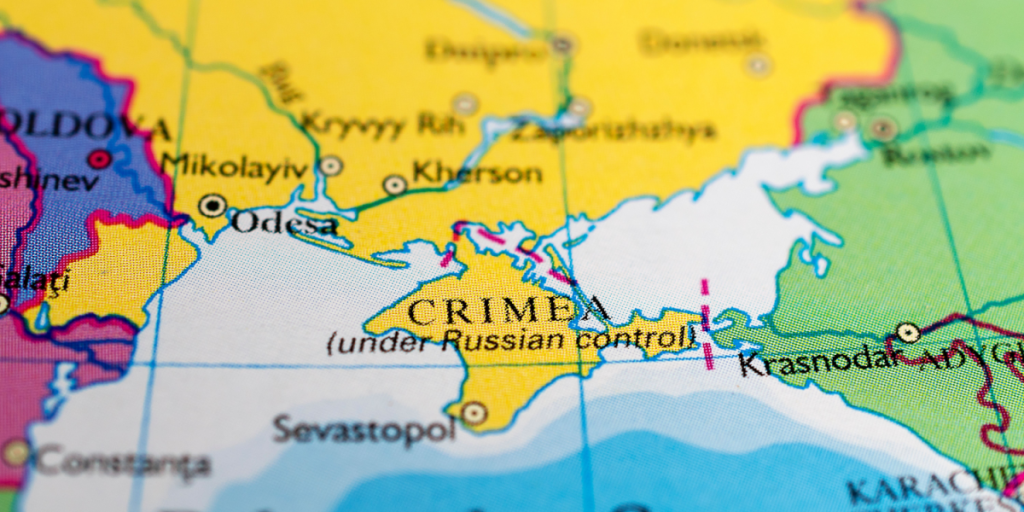
If Putin had launched the war in 2014 or 2015, Ukraine would have been far more vulnerable.
But by 2022, Ukraine was better equipped, more unified, and had years of training and support from Western allies.
5. Framing the War as Existential
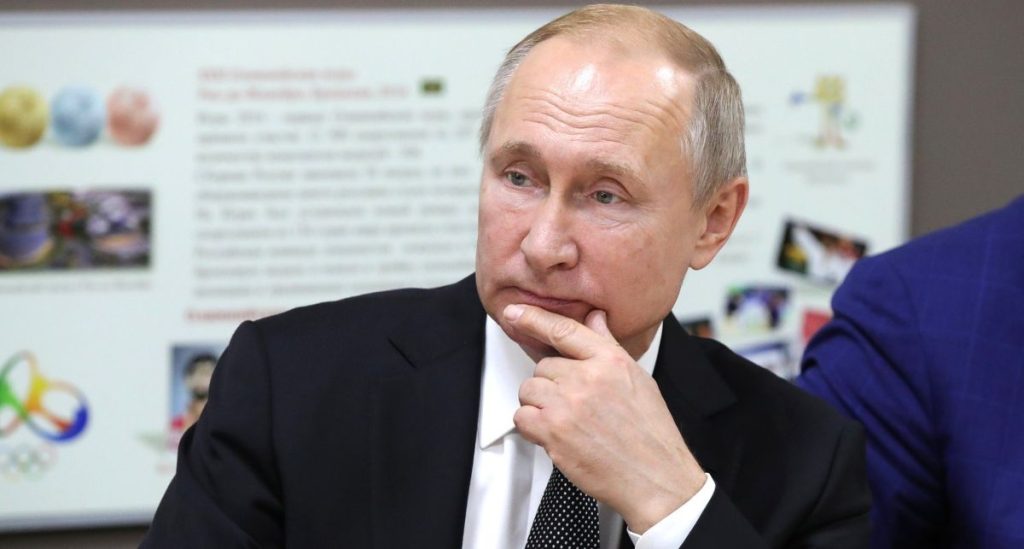
By declaring the invasion a fight for Russia’s survival, Putin cornered himself. There’s no graceful exit.
Also read
This kind of rhetoric raises the stakes and the cost of defeat—both militarily and politically.
6. Escalating to Genocidal Rhetoric
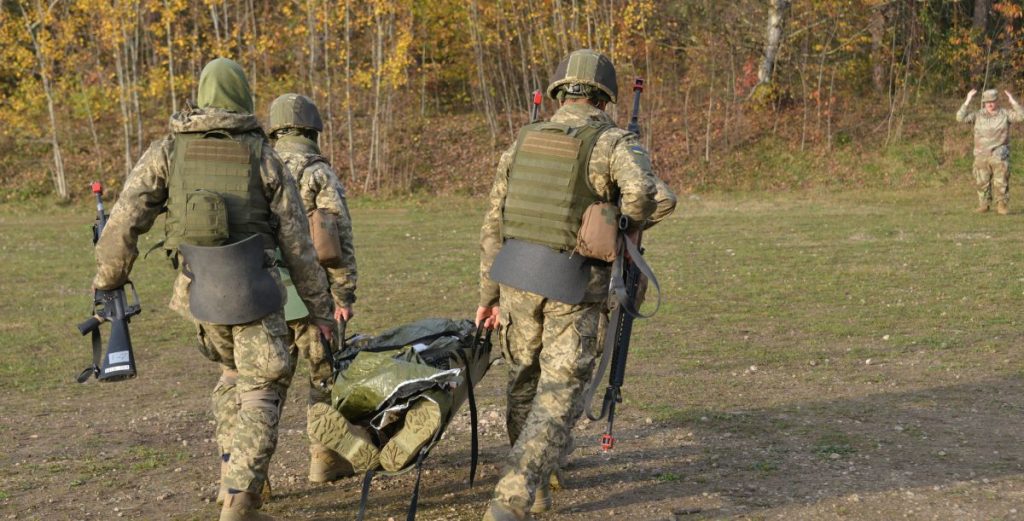
Russia denied Ukraine’s right to exist as a nation. That hardened Ukrainian resistance and ensured lasting support from the West.
What began as a strategic war turned into an ideological and humanitarian catastrophe.
7. Leaving Russia’s Money in the West

When the war began, more than $300 billion in Russian central bank assets were held abroad.
They were quickly frozen. This self-inflicted wound crippled Moscow’s ability to finance a long-term conflict.
Also read
8. Burning Through Russia’s Global Influence
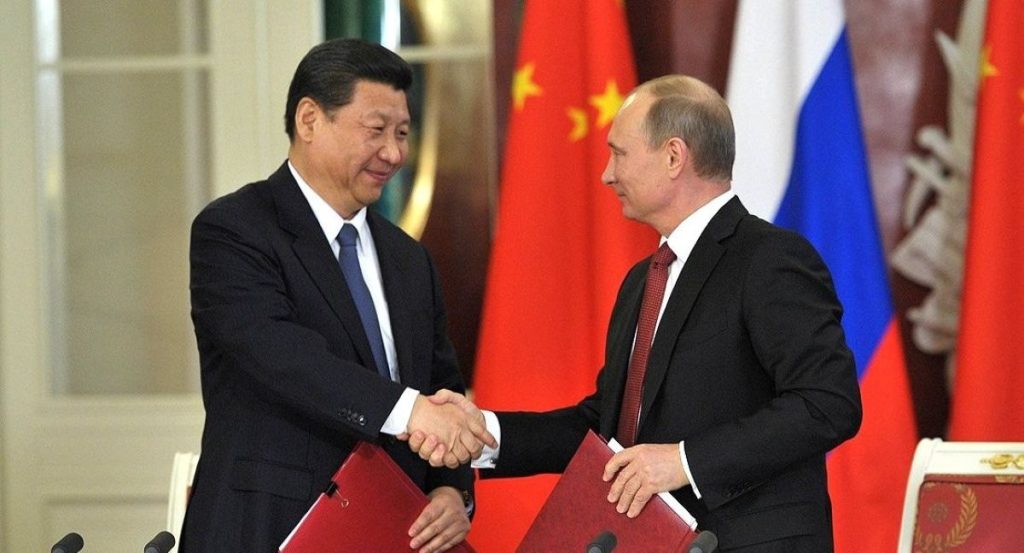
With so much focus on Ukraine, Russia has lost sway in other regions. Longtime allies like Armenia are drifting away.
Even China and India, though still diplomatic partners, are keeping Putin at arm’s length.
9. Relying on Wagner and Prigozhin

The Wagner mercenary group was useful, until it turned against him.
The short-lived rebellion in June 2023 was humiliating for Putin and exposed internal fractures in Russia’s power structure.
10. Making NATO Stronger Than Ever
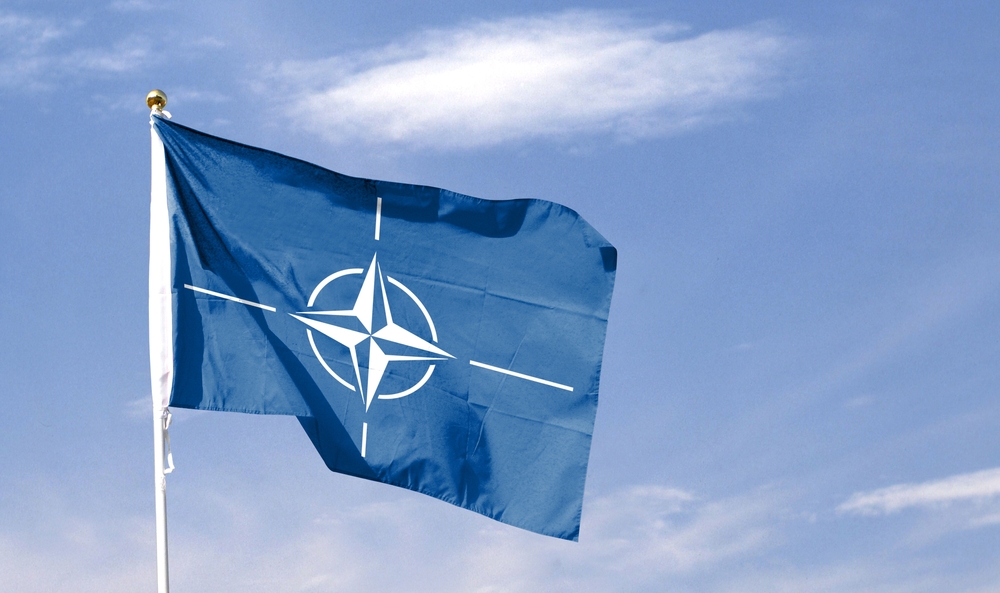
Putin hoped to fracture NATO. Instead, he breathed new life into it.
Also read
Finland and Sweden joined, budgets rose, and Russia’s direct border with NATO expanded.
The alliance he tried to weaken is now more united than it has been in decades.

